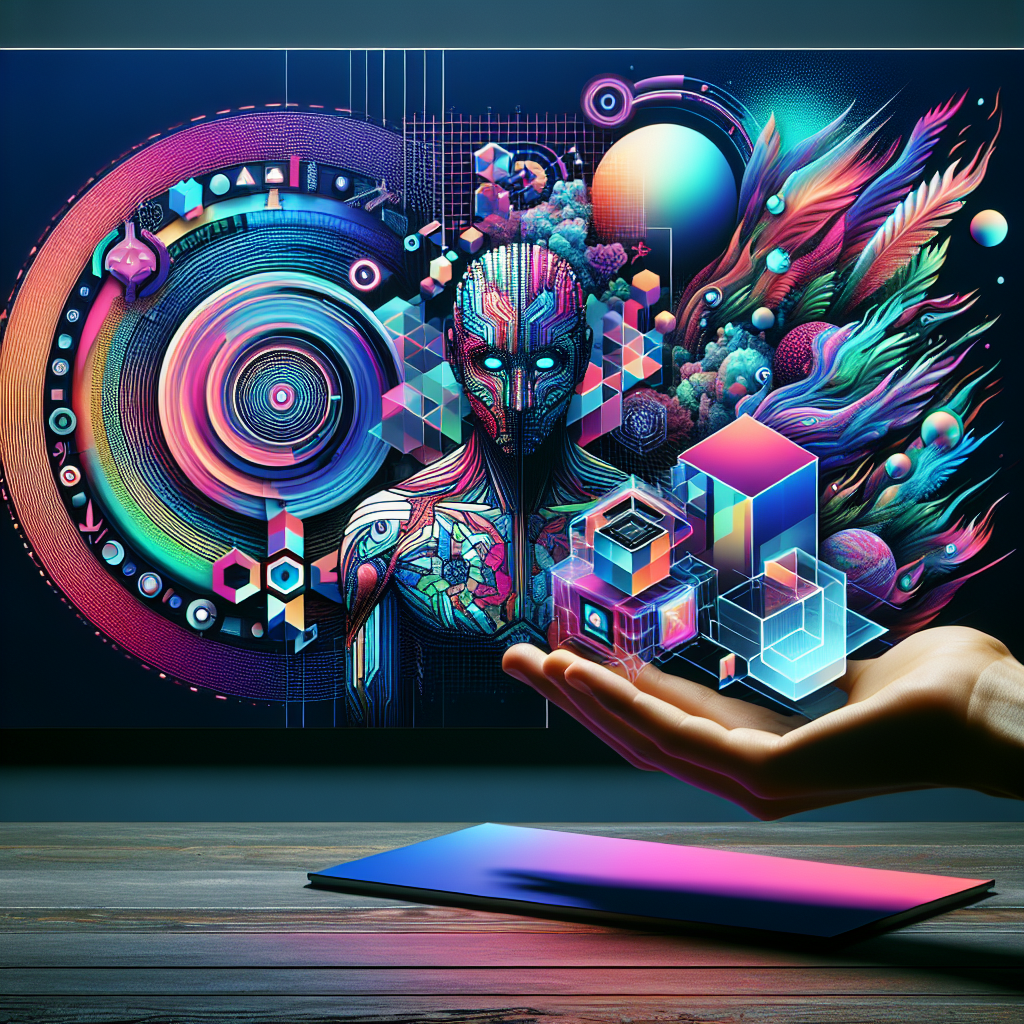Digital art has become an integral part of today’s creative landscape, evolving rapidly alongside technological advancements. As tools and platforms continue to develop, artists find new ways to express themselves, pushing the boundaries of what is possible in the digital realm. This article explores the emerging trends in digital art, offering a glimpse into the innovative practices that are shaping the future of this dynamic field.
Exploring Emerging Trends in Digital Art Today
1. The Rise of NFTs and Blockchain Technology
Non-fungible tokens (NFTs) have revolutionized the digital art world by providing artists with a new way to monetize their work. By leveraging blockchain technology, NFTs offer a unique form of provenance and ownership for digital creations, addressing long-standing issues of copyright and duplication. This trend has not only opened new revenue streams for artists but also attracted a broader audience to digital art. As NFTs continue to gain popularity, they are driving a surge of interest and investment in digital art, encouraging artists to explore innovative approaches and expand their creative horizons.
2. Augmented Reality (AR) and Virtual Reality (VR) Art
Augmented reality (AR) and virtual reality (VR) are transforming how audiences experience art, offering immersive and interactive environments that challenge traditional perceptions. Artists are increasingly using these technologies to create works that engage viewers in novel ways, blending the physical and digital worlds. AR and VR art installations allow spectators to interact with artworks, explore different perspectives, and even become part of the creative process. This trend is redefining the relationship between art and audience, creating a more dynamic and participatory experience.
3. AI and Generative Art
Artificial intelligence (AI) is playing an increasingly prominent role in the creation of digital art. Generative art, which uses algorithms and machine learning to produce artwork, is gaining traction as artists explore the potential of AI as a creative partner. This trend allows for the creation of complex, intricate patterns and designs that were previously unimaginable. While some purists may question the authenticity of AI-generated art, it opens up new possibilities for collaboration between human creativity and machine intelligence. As AI technology continues to evolve, it is likely to further influence the digital art landscape.
4. Social Media’s Impact on Digital Art
Social media platforms have become crucial for digital artists, providing a space to showcase their work, connect with global audiences, and engage with fellow creators. This trend has democratized access to art, allowing artists to gain visibility without the need for traditional gallery representation. Social media also fosters the formation of online communities, where artists can share techniques, offer feedback, and collaborate on projects. As digital art becomes increasingly accessible, social media continues to shape the way art is created, shared, and consumed.
The digital art landscape is constantly evolving, influenced by technological advancements and shifting cultural paradigms. As artists continue to experiment with new tools and platforms, they are redefining the boundaries of creativity and expression. The trends discussed in this article highlight the innovative spirit driving digital art today, offering a glimpse into a future where technology and artistry are increasingly intertwined. As these trends continue to develop, they will undoubtedly inspire new forms of digital expression and expand the possibilities for artists and audiences alike.










